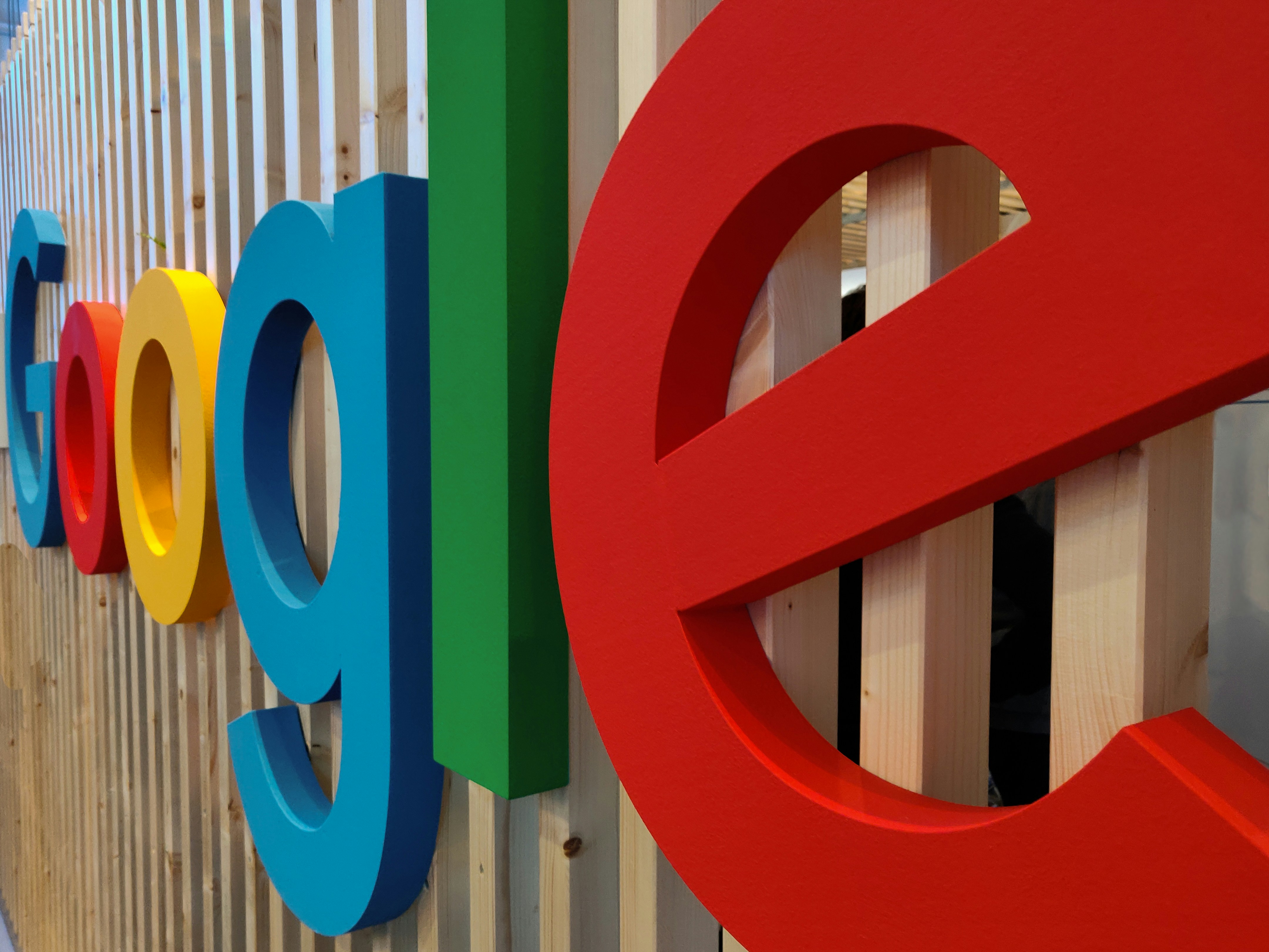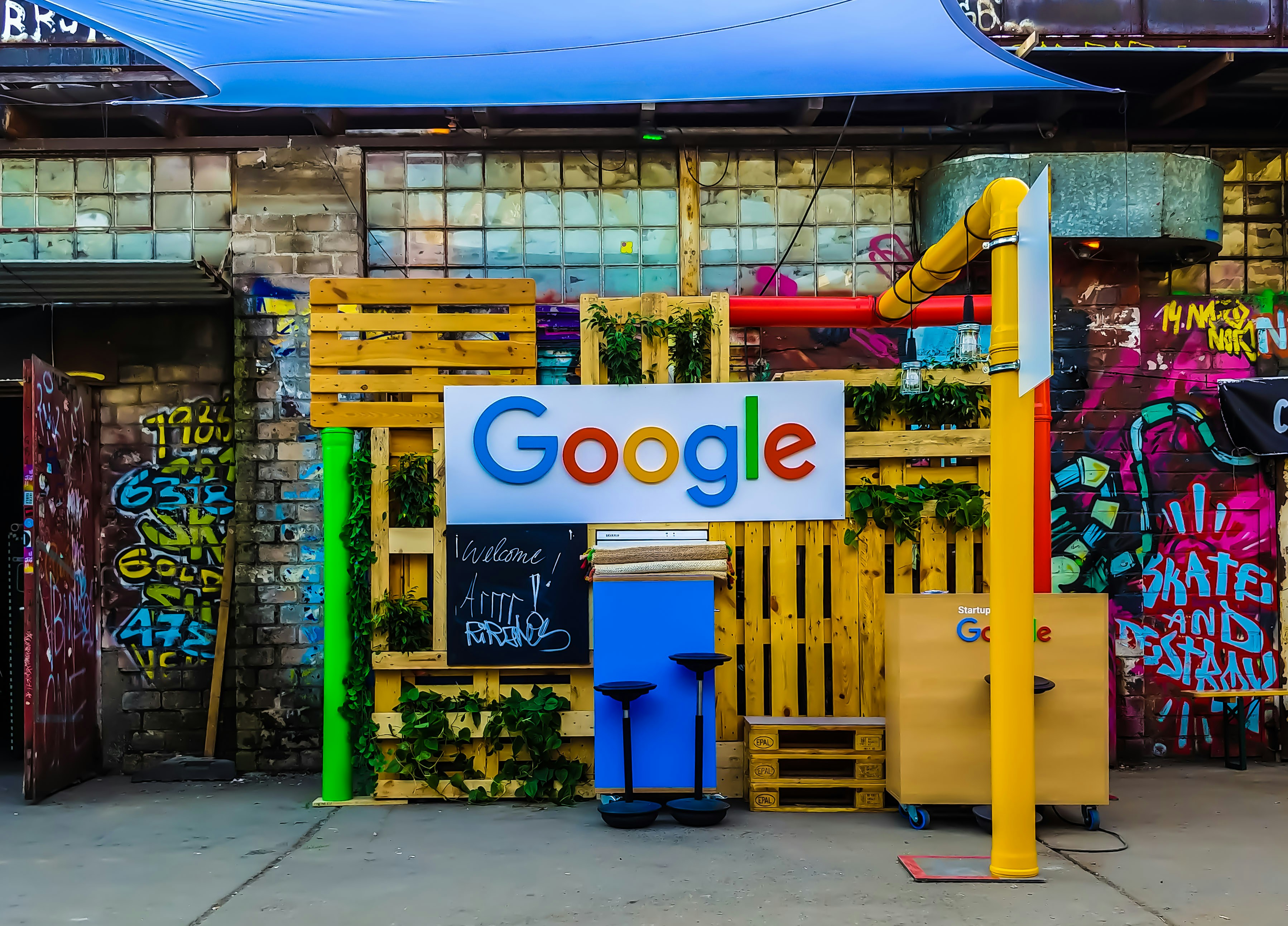Maximizing Online Orders: The Impact of First-Party Ordering and Google Maps
Explore the revolution in online food ordering through Google Maps and the rise of first-party ordering. Learn how this shift impacts restaurants, consumers, and the industry.

Photo by Firmbee.com on Unsplash
The Evolution of Online Food Ordering
In the digital age, online food ordering has transformed the way consumers interact with restaurants. With the widespread adoption of technology, platforms like Google Maps have become essential tools for discovering, ordering, and engaging with local eateries. The convenience of mapping, filtering, and contacting restaurants has revolutionized the food industry, directing substantial traffic to dining establishments. Google's data revealing the prevalence of 'near me' searches underscores the immense impact of online platforms on consumer behavior and restaurant operations.

Photo by Firmbee.com on Unsplash
Order With Google: Streamlining Food Ordering
Introduced in 2018, Order with Google aimed to revolutionize food ordering by offering a seamless experience for consumers and benefits for merchants. Despite its initial goals, Google recognized the preference of consumers for third-party delivery services like Grubhub and Uber Eats. As a result, Order with Google underwent adjustments to serve as a discovery channel for restaurants, highlighting the flexibility of choosing preferred delivery methods for both consumers and merchants.

Photo by Firmbee.com on Unsplash
Empowering Restaurant Operators with Choice
Google's latest update grants restaurant operators the autonomy to showcase their participation in third-party marketplaces and set preferred delivery options. This empowerment allows operators to tailor their online ordering strategies, promoting first-party ordering for enhanced profitability and customer engagement. By offering the freedom to include or exclude services, restaurants can optimize their online presence and cater to diverse consumer preferences.
The Significance of First-Party Ordering
For restaurant operators, prioritizing first-party ordering yields numerous advantages, including increased average order value and customer loyalty. First-party guests tend to spend more per check and are more likely to join loyalty programs, driving repeat business and fostering deeper insights into consumer behavior. Leveraging data from first-party orders enables operators to personalize marketing efforts, understand customer preferences, and make informed business decisions, essential for sustained success in the competitive restaurant industry.

Photo by Firmbee.com on Unsplash
Consumer Benefits and Financial Incentives
Consumers also benefit from first-party ordering through cost savings and access to valuable information. By opting for first-party channels, customers can avoid surcharges typically associated with third-party platforms and enjoy lower item prices. Additionally, the transparency provided by Order with Google empowers consumers to make informed choices based on delivery preferences, pricing differentials, and available services, enhancing the overall online ordering experience.

Photo by Firmbee.com on Unsplash
Navigating the New Ordering Landscape
As the online ordering landscape evolves, restaurants face opportunities to capitalize on data, consumer preferences, and delivery options. While third-party platforms remain popular, Google Maps continues to drive traffic and facilitate first-party interactions, reshaping the industry dynamics. Successful brands post-adjustment will proactively leverage newfound insights, prioritize customer engagement through loyalty programs, and strategic responses to reviews to maximize their online presence and revenue.
Seizing Opportunities for Growth
Amidst these transformative shifts, restaurants have a unique chance to assert their identity and engage customers like never before. By embracing the potential of loyal customers, leveraging consumer data for targeted marketing, and adapting to the changing online ordering landscape, restaurants can position themselves for sustained growth and success in the competitive digital realm.